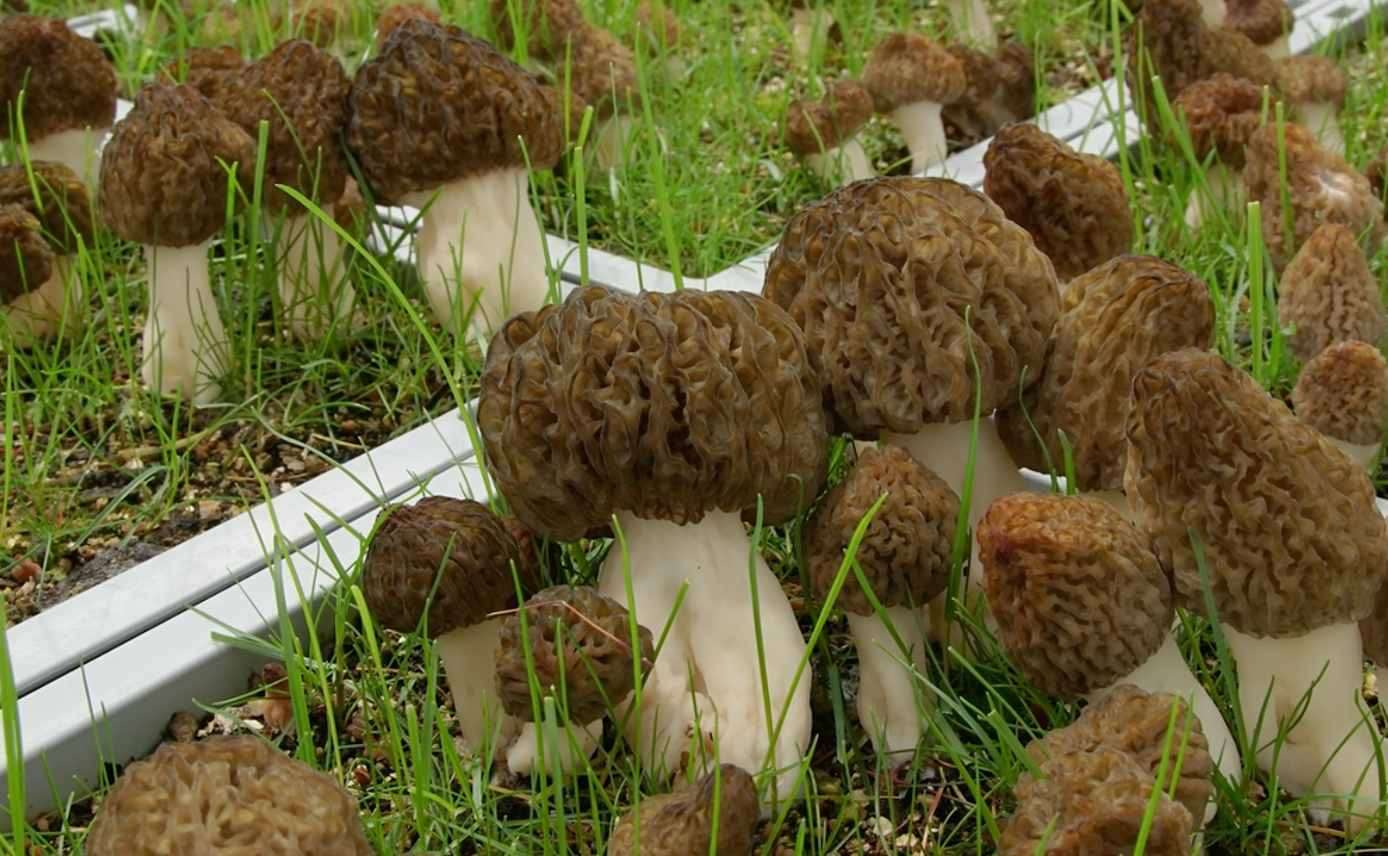Scientists Figure Out the Origin of Splendid Dunes on Jupiter's Icy Moon
A Rutgers research study has provided a new explanation of how dunes can form even on a surface as icy and roiling as Io's at Jupiter.

Spring is fully waking up the woodlands of the Northern Hemisphere, which means under apple, elm, and sycamore trees—one might find themselves a tasty treat.
Black morel mushrooms, in the world of edible fungus, are highly prized and are for North Americans what the boletus is for the Europeans. However, before long one might be able to find them in a store, as a Danish biologist has found a way to reliably cultivate morels indoors, something that's never been done before.
As production is at about 20 pounds per square yard per year, a commercially grown morel would still be highly coveted, and demand a large price—but probably not the $230 per kilogram they go for today. Yet the work at the Royal Veterinary and Agricultural University and the University of Copenhagen that's gone in to produce this mycocultural breakthrough has been going on for four decades, so suddenly that the seemingly-small amount seems celebratory.
The universities, in a video presentation, detail that the controlled cultivation is so well-developed that commercial production can commence as soon as automation of the process can be sorted out.
The brains behind the breakthrough are a pair of biologists and identical twins: Jacob and Karsten Kirk, who first took up the project in 1986 when they looked to continue improving on an existing American patent for cultivating morels.
"[W]e have made exciting trips for black morels to relevant locations, mainly in Denmark, but also in Sweden, Austria, Switzerland and France, almost every spring," the Kirk brothers write on their website, The Danish Morel Project. "In addition, we have obtained a good number of fruit bodies, mainly from Turkey."
"The combined efforts in this area resulted in the isolation of mycelium [spores] from as many as 347 different fruit bodies up to May 2021," they say. From all these different genetic individuals, they identified a few that were suitable for mass production.
One of the major problems with growing wild mushrooms is that it's not as simple as putting down roots which produce growth. The mycelium, which are kind of like roots, act in different ways. When it's time to fruit for example, a part of the fungal lifeform called a sclerotium will either re-burrow and form a new mycelium complex, or emerge to form the fruiting body.
It's very easy, Smithsonian details, to force a sclerotium to make more mycelium, but it's very difficult to make it form a mushroom fruit.
CHECK OUT: Dutch Man Invents Coffin That Turns Bodies Into Mushrooms: ‘We are nutrients, not waste'
Therefore just about only one morel specimen collected, variant 195, responded to the conditions of temperature and humidity consistently to create a fruiting body when the Kirks wanted it.
Beyond that, little is known about how these two fungimancers managed to crack this centuries-old mystery, as their method is strictly kept secret, and under patent law.
GROW the Good News; Share This Story With the ‘Fun Guys' in Your Life…
Be the first to comment